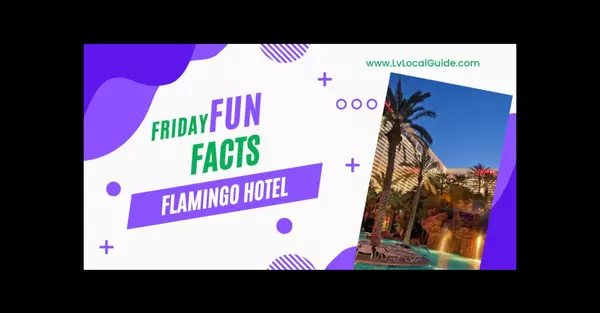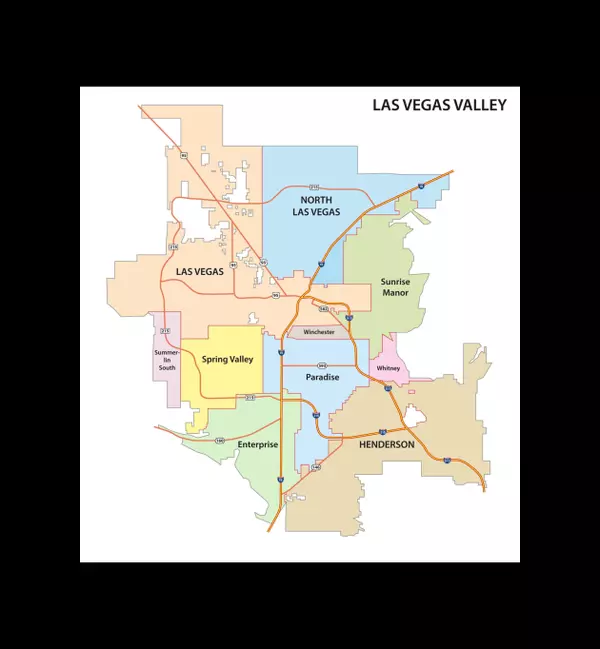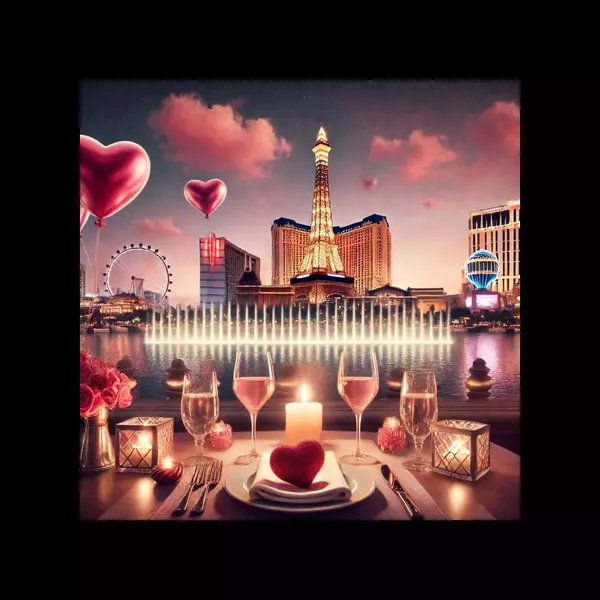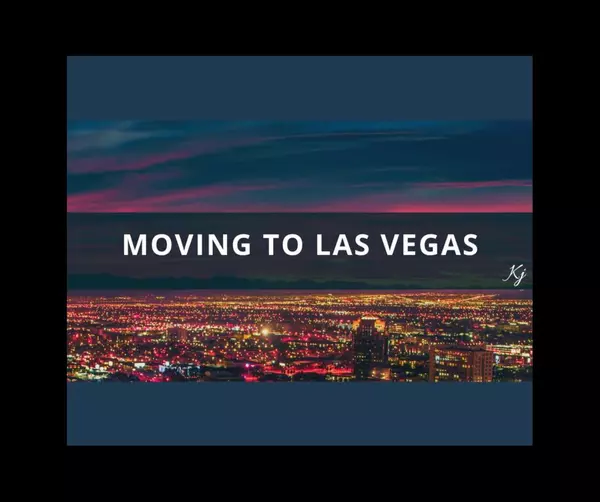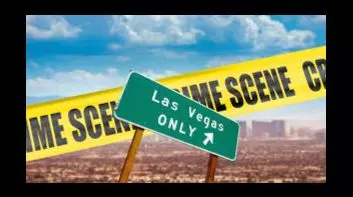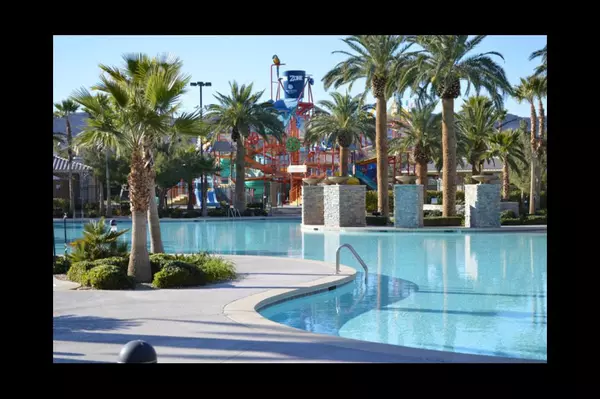From Desert Dust to Neon Dreams: The Evolution of the Las Vegas Strip
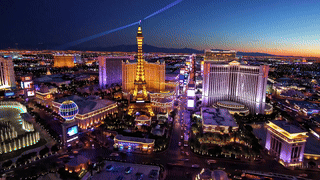
Las Vegas is known worldwide for its dazzling lights, world-class entertainment, and luxurious resorts. But the Strip, as we know it today, started with far humbler beginnings. What was once a lonely stretch of desert highway has transformed into an iconic destination synonymous with glamour and excitement. Let’s take a journey through the history of the Las Vegas Strip—from its earliest hotels to the mega-resorts that define it today.
The First Spark: 1940s Beginnings
The Las Vegas Strip’s origins trace back to April 3, 1941, when the first hotel-casino, El Rancho Vegas, opened its doors on what was then Highway 91. With 110 rooms and a western ranch-style theme, it set the stage for what would become the most famous entertainment corridor in the world. Learn more about the history of El Rancho Vegas. Just a year later, the Hotel Last Frontier (now the site of The Frontier, demolished in 2007) opened, embracing an Old West theme that appealed to early visitors.
In 1946, mobster Bugsy Siegel famously opened The Flamingo, the first truly lavish hotel and casino on the Strip. Unlike the frontier-themed resorts before it, The Flamingo took inspiration from Hollywood, with sleek Art Deco design and high-end accommodations. Though Siegel wouldn’t live to see its success (he was murdered in 1947), the Flamingo proved that Las Vegas had the potential to be more than just a desert gambling stop—it could be a playground for the rich and famous. Read more about Bugsy Siegel and The Flamingo.
The Boom of the 1950s and 60s: The Rat Pack Era
The post-war boom led to an explosion of new resorts. The Sahara, Sands, Riviera, Tropicana, and Dunes all opened in the 1950s, cementing the Strip as the go-to destination for high rollers and celebrities alike. This was the era of Frank Sinatra and the Rat Pack, who made the Sands Hotel their home base, performing in its Copa Room and bringing in glamorous Hollywood crowds. Explore the legacy of the Rat Pack in Las Vegas.
During this time, organized crime played a significant role in funding and managing the casinos. Names like Moe Dalitz, Meyer Lansky, and Sam Giancana became synonymous with the Vegas underworld, running casino operations behind the scenes while the entertainers kept the show going up front. Dive deeper into the mob’s influence on Vegas.
The 1970s and 80s: Corporate Takeover and Megaresort Foundations
By the 1970s, the influence of organized crime began to wane as corporations and legitimate investors took over the gaming industry. This shift was marked by Howard Hughes, the eccentric billionaire who moved to Las Vegas in 1966 and began buying up casinos, helping to push out the mob. Read about Howard Hughes’ impact on Las Vegas.
The 1980s ushered in the era of the first true megaresorts. The Mirage, opened in 1989 by Steve Wynn, revolutionized Las Vegas with its tropical theme, volcano show, and high-end accommodations. It was the first major resort built with corporate money, setting the template for the Las Vegas Strip’s modern evolution.
The 1990s and Early 2000s: The Explosion of Themed Resorts
The 1990s saw a wave of themed resorts designed to transport visitors to different worlds. Some of the most iconic hotels opened during this period, including:
-
Luxor (1993) – A giant black pyramid inspired by Ancient Egypt.
-
MGM Grand (1993) – The largest hotel in the world at the time.
-
New York-New York (1997) – A miniaturized version of the Big Apple.
-
Bellagio (1998) – A high-end resort with the now-famous dancing fountains. Read about the Bellagio Fountains.
-
Venetian (1999) – Featuring canals and gondolas like the real Venice. Experience the Venetian.
As Las Vegas moved into the 2000s, the focus began shifting from themed resorts to ultra-luxury experiences. Wynn Las Vegas (2005) and The Cosmopolitan (2010) set new standards for sophistication, with top-tier restaurants, designer shopping, and exclusive nightlife.
The Present and Future of the Strip
Today, the Las Vegas Strip continues to evolve. Resorts like Resorts World Las Vegas (2021) blend modern luxury with cutting-edge technology. Meanwhile, older hotels such as The Mirage and Tropicana are being redeveloped or rebranded, making way for the next generation of megaresorts.
With the rise of professional sports teams like the Vegas Golden Knights and the Las Vegas Raiders, plus the addition of major attractions like the Sphere at The Venetian, Las Vegas is proving that it’s more than just casinos—it’s an entertainment capital that keeps reinventing itself. Learn about the Sphere.
The Strip’s Unstoppable Evolution
From the dusty desert roads of the 1940s to today’s neon-lit metropolis, the Las Vegas Strip has remained at the forefront of hospitality and entertainment. Each decade has brought something new, reflecting the changing tastes and ambitions of visitors from around the world. One thing is certain—Las Vegas will always find a way to stay ahead of the game, keeping the magic of the Strip alive for generations to come.
Want to experience the best of Las Vegas real estate? Whether you’re looking for a high-rise condo on the Strip or a luxury home nearby, I’m here to help you find your perfect piece of Las Vegas. Contact me today!
Keli James S.56134
Real Estate Advisor - Epique Realty
702-265-4323
"Love learning about Las Vegas? 🌟 Check out more of my blog posts on real estate, lifestyle, and local insights right here! 👉 LV Local Guide
Categories
Recent Posts
